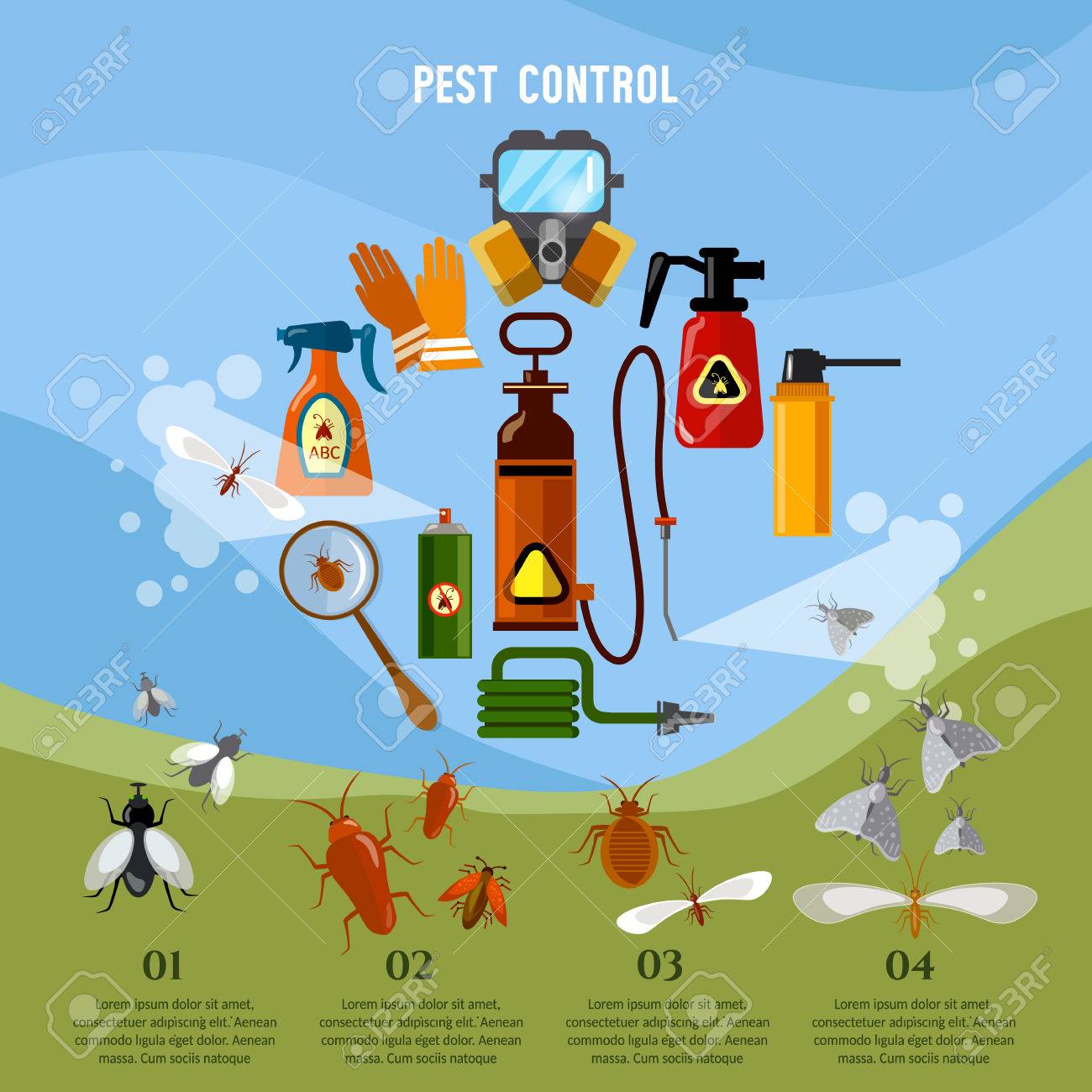Case Study: Effective Termite Control Procedures In A Historical Building
Case Study: Effective Termite Control Procedures In A Historical Building
Blog Article
Content Author-Nymann Aarup
Visualize a historic structure calmly battling a covert risk underneath its ancient light beams. Discover how a group of experts conquered the difficulty of termite infestations in this building gem by employing revolutionary techniques that safeguarded its stability. The trip to maintain this heritage site introduces a story of durability and advancement, supplying valuable understandings right into the delicate equilibrium in between conservation and contemporary bug control approaches.
Historical Relevance of the Building
The historical building you're handling holds immense cultural relevance in the regional community. This building treasure has stood the test of time, seeing generations of residents and site visitors travel through its doors. Its rich background is woven into the textile of the neighborhood, representing strength and practice. As a foundation of the town's heritage, the structure functions as a tangible web link to the past, supplying a glimpse into bygone periods and preserving tales that would or else be lost to time.
Throughout the years, the structure has actually hosted many events, from area gatherings to events of neighborhood culture. Its wall surfaces have actually echoed with giggling, songs, and the voices of those that've strolled its halls prior to you. By preserving this historical structure, you aren't only securing a physical habitation yet also guarding an item of the neighborhood's identity. Embracing the historic significance of the structure is crucial in understanding its value and the relevance of keeping its integrity for future generations to appreciate.
Termite Problem Obstacles
Navigating via the historic significance of the structure, you come across considerable obstacles presented by a termite problem. These tiny bugs can ruin the structural integrity of the historical structure, creating substantial damages if left untreated. The distinct architectural features and aged wood existing in historic buildings provide an ideal environment for termites to thrive, making it essential to address the problem quickly.
Recognizing the extent of the termite problem is typically a tough job, as these animals can delve deep right into the wooden structures, concealed from ordinary sight. In addition, typical termite control approaches might not be entirely ideal for historic structures due to the possible damage they can create to the structure's honesty and historic value.
Maintaining the historic authenticity of the structure while effectively eliminating the termite invasion requires a fragile balance and specific competence. Implementing customized termite control procedures that are both efficient and gentle on the historical materials is necessary to make sure the lasting protection of the structure.
Cutting-edge Control Measures Applied
Applying sophisticated termite control methods is essential in protecting the historical integrity of the building while efficiently combating the infestation. One cutting-edge step entails utilizing non-repellent liquid termiticides. These items are basically undetectable to termites, enabling them to unknowingly come into contact with the treatment and spread it throughout the nest. This method ensures complete eradication without notifying the termites to avoid the treated areas.
One more cutting-edge approach is the installment of termite baiting systems. These systems utilize termite attractants combined with slow-acting toxicants. Termites feed upon the lure, share it with their colony members, and eventually eliminate the whole population. This targeted approach is eco-friendly and minimally intrusive, making it excellent for historic structures where maintaining the original framework is critical.
Additionally, employing infrared innovation for termite discovery has actually changed control actions. Infrared video cameras can detect warmth trademarks showing termite activity behind walls or within frameworks. This non-invasive technique allows for accurate targeting of treatment, decreasing damages to the building while successfully getting rid of the termites. By incorporating silverfish control , the historical structure can be secured from termites without jeopardizing its building importance.
Verdict
You have actually discovered how sophisticated modern technology and safe therapies conserved a historic building from termite invasion.
Did you understand that termite damages prices united state homeowners billions of bucks yearly?
Safeguard your building with innovative termite control steps to avoid pricey repairs and preserve its historical value.
